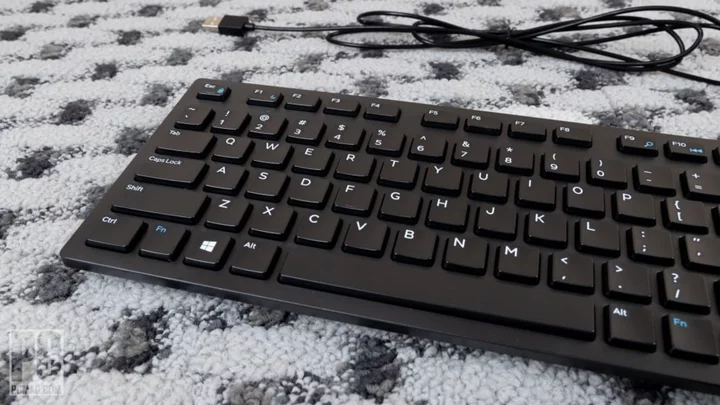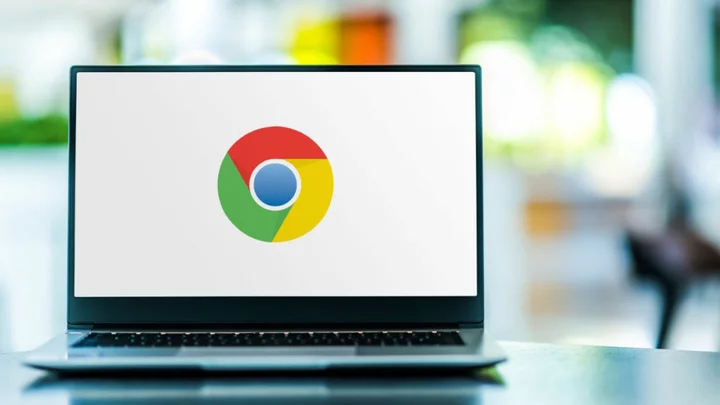Keyboards are an essential part of any PC setup, but once you start getting particular about typing comfort and features, the prices can rise fast. Some elite gaming and productivity mechanical keyboards cost $200 or more, and while that's the upper extreme, models like these can leave you with keyboard envy. Replacing a worn-out keyboard with a decent new one for minimal money might look like an exercise in compromises.
That said, you can find value champs if you know where to look. Budget keyboards, even at their best, tend to lack a whole lot of extras, but they still get the job done—whether that job is a paper due at midnight or some gaming after work.
Our ever-evolving list of favorite budget keyboards touches several categories of this hardware: gaming, ergonomic, and productivity models. We include full-size keyboards as well as space-saving tenkeyless (TKL) and 60 percent options. In our search for the best low-cost keyboards, we’ve left no key uncapped. Let's look at our top picks, followed by detailed buying advice on how to land the best budget board.
What makes for a budget keyboard, price-wise? The sweet spot is around $50—but if that seems high, know that if you shop carefully, you can go as low as $20 and still come away with a usable typing experience. A low price doesn't mean a keyboard can't be a good performer, as our list of favorites demonstrates.
To keep these keyboards in budget territory, manufacturers must make some concessions. For example, an affordable wireless keyboard may use disposable AA or AAA batteries rather than an internal battery pack you recharge. Or you may not have a choice of key switches, the physical mechanisms under each key that determine travel time, sound, and overall typing comfort. (Most won't be mechanical in this price range.) Also expect a lack of robust utility software, which allows for things like macro customization.
(Credit: Molly Flores)As a result, a budget keyboard is not for everyone. Serious esports players will likely scoff at the lack of game-improving features and customization options, while productivity hounds may roll their eyes at the absence of macros or automated commands. And plenty of people who care about desk aesthetics will bemoan the less-than-stylish designs of most cheap options.
But if you're shopping for a cheap keyboard because you've got a hard line capping your budget, most of these cons won't be deal-breakers. On the contrary, you'll be able to overlook many of them given a keyboard's price. And if you shop carefully, you can find a few models that strike a perfect balance between cost and features.
What to Look for in a Budget Keyboard
Keyboards, whether cheap, mainstream, or elite, come in three main size classes: full-size, TKL, and 60 percent. Full-size keyboards offer a complete layout: a 10-key numeric pad, a full row of function keys, dedicated buttons for secondary commands like Page Up and Page Down, and maybe a few shortcut keys that users can program themselves. Some models at this size may offer dedicated media controls and other creature comforts. The downside, of course: Full-size keyboards require more desk space.
(Credit: Joseph Maldonado)In the name of downsizing, TKL keyboards remove the numeric keypad (the ten keys in "tenkeyless") along with roughly 20% to 30% of the rest of the board, letting you reclaim that desk space. Keep in mind that losing keys doesn't always mean losing functionality. On some models, shortcut functions are moved onto other keys, as key combos.
Is TKL still too much keyboard to handle? You can trim all the fat away and opt for a 60 percent design, which shrinks a keyboard even smaller than a TKL model. These smaller keyboards are favorites of programmers and the hardcore gaming crowd, but they do have a slight learning curve. Check out our 60 percent keyboard guide for everything you need to know about the category.
(Credit: Joe Maldonado)Once you've found the size of keyboard that suits you best, you can dig into the details. Today's upper-end gaming keyboards, for example, mostly use mechanical key switches, which pair each key to its own spring-loaded switch. The traditional pace-setters among mechanical switches are from a company called Cherry, but you'll find plenty of alternatives to them, each with a slightly different design tweaked to provide a specific feel and sound. Common alt-switch names to look for here include Kailh and Gateron.
If you see mechanical key switches in a budget gaming keyboard, they are likely to be from one of these lesser-known brands. More likely, though, in the under-$50 keyboard market you'll have to settle for rubber-dome membrane switches, which use a sheet of springy material with domes molded into it to provide the bounce under the keys, versus individual springs on each key. These switches are less tactile and tend toward a softer feel, not delivering the loud click that many mechanicals do when pressed. But they get the typing done.
(Credit: Joe Maldonado)Budget productivity keyboards will almost exclusively rely on rubber-dome or scissor switches (a type of switch that isn't strictly mechanical but usually has an X-shaped stabilizer under each key). You can find some budget models with dedicated shortcut keys and even wireless connectivity, but expect them to be limited in what they can do, versus a $100-and-up alternative. Although you'll find exceptions, Bluetooth connectivity tends to give way in favor of a 2.4GHz wireless link requiring a USB dongle. And forget about rugged metal frames—most economy productivity keyboards are plastic and lightweight.
If you're reading this and wondering if a cheap keyboard is worth the trade-offs, don't count one out until you ask yourself whether a basic feature set isn't exactly what you need. Keyboard makers do tend to pile on the features to pump up the price, and maybe adjustable polling rates, a volume roller, or a plush wrist rest aren't worth an extra $50 to you.
It's all about how you use your PC and what kind of keyboard you're coming from. A budget keyboard should be able to provide the basics at a price that doesn't sap your wallet, and $30 to $50 should get you a board that's a marked step upward from the basic economy models bundled with most PCs.
Which Cheap Keyboard Should You Buy?
Savvy techies will never let a tight budget hold them back from decking out a PC setup. The keyboards we've collected here aren't the finest money can buy, but that's not why you're here. They're all solid performers we can recommend if you're strapped.
If you're looking to fully deck out your work or battle station on the cheap, also check out our frugal picks for computer mice and budget monitors. And if you're searching for other budget gear, check out our picks for the best budget laptops and cheap gaming laptops.
Below is a detailed spec list of the best recent budget keyboards we've reviewed. Also hit the review links for more details on the various keyboards' switch feel, and for deeper looks at their feature sets.









